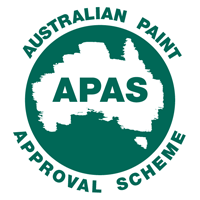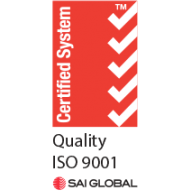Cracks and holes in concrete can be a problem for a variety of reasons. Cracks are unattractive and can be tripping hazards. They can also be difficult to clean, as these spaces harbor grit and grime. Fortunately, there are ways that you can repair your concrete to ensure a smooth, level, and easy to clean surface.
Epoxy is a durable, effective material used for filling concrete cracks and restoring the durability of your surface. An experienced DIYer can fill concrete cracks and repair their concrete themselves. For anyone who feels out of their comfort zone, hire an experienced professional.
An epoxy mortar is the most durable concrete repair material on the market and is the best option for repairing concrete in manufacturing facilities and heavy industry. Epoxy repair mortars typically set to strengths of up to 70 MpA so are extremely durable. Epoxy repair mortars can be made by using a 100% solids general purpose epoxy such as Enviroset 4111 and adding kiln dried sand until a non-slumping repair mortar is achieved. Typically the best repair mortars contain an even mix of 0.3, 0.5 and 1mm sand sizes. This blend of sand sizes prevents the mortar sticking to the trowel, however because of the 1mm size sand it doesn’t trowel to a feather finish. Therefore once patching has been done the concrete surface may need to be reground to remove any rough repair edges.
Another option is to use Sikadur 31CF. This product is a 100% solids epoxy which comes prefilled with fillers to achieve a paste consistency allowing it to be trowelled to a feather finish. This feature makes the product very user friendly however it is more expensive than making your own mortar with a GP Epoxy resin and sand.
Thirdly, a floor with many bug holes and cracks or craters can be effectively treated by shotblasting the floor followed by squeegee application of a 100% solids 3 coat epoxy paint system. The prime coat is applied by squeegee and back rolled. This seals up a lot of the imperfections and cracks which would be difficult to do with a roller. The second coat is then applied by squeegee and also back rolled. Because the holes and craters are already sealed with the prime coat the second coat of epoxy fills the holes to approximately 95% leaving only a slight concave. The 3rd coat is then applied using a 1mm notched squeegee which allows more epoxy to remain on the floor. This coat is then back rolled virtually eliminating any evidence of imperfections in the concrete.
Squeegee application

Final Result





